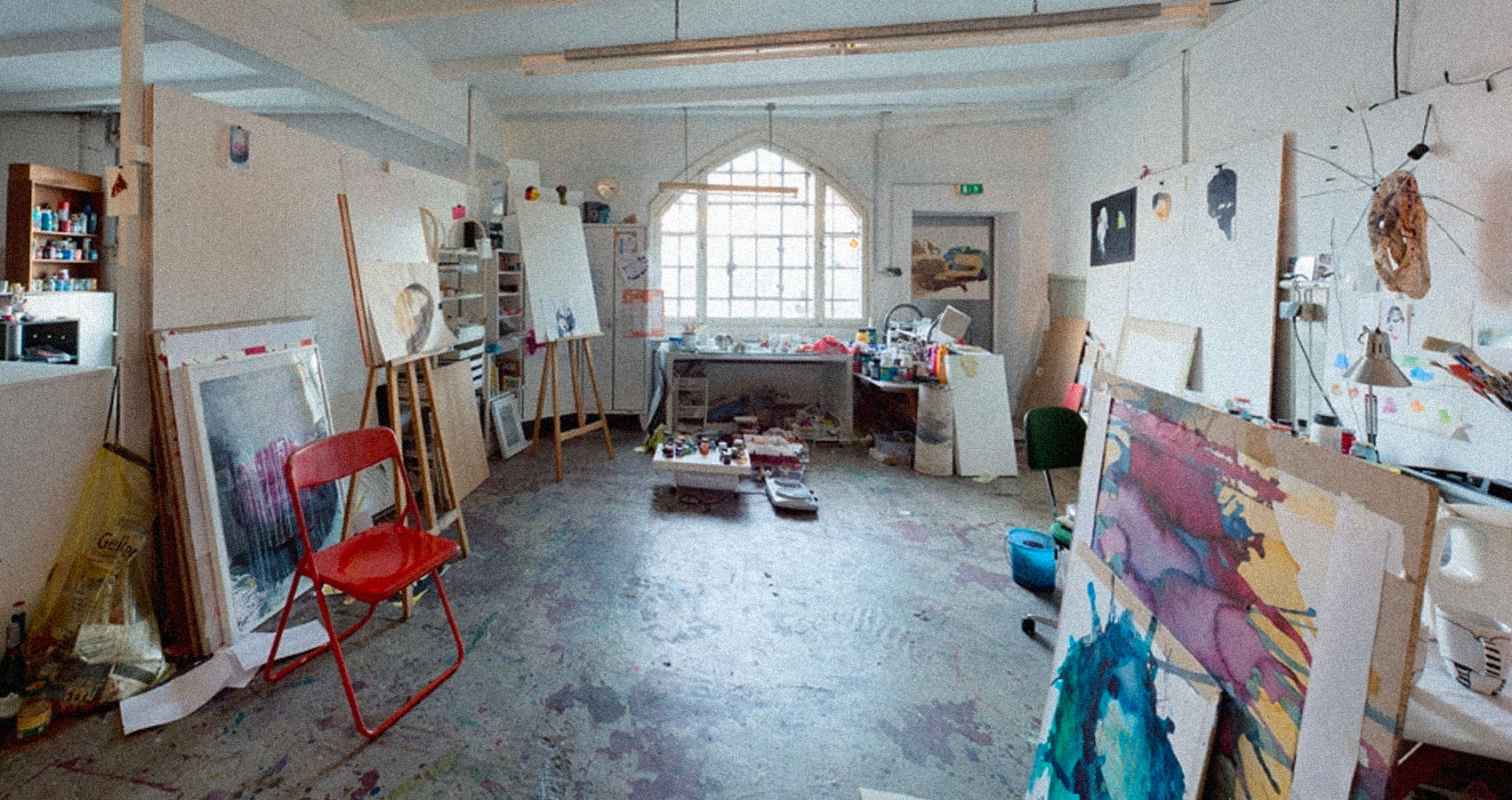
Transforming Self-Storage into Creative Studios
Self-storage studios are affordable and transformable.
The concept of transforming self-storage units into creative studios is a growing trend among artists and creators who seek affordable, flexible spaces for their artistic endeavors. These units, traditionally used for storing personal belongings, are now being repurposed into vibrant hubs of creativity. This shift is particularly appealing to urban artists who often grapple with the challenge of finding sufficient and affordable workspace within city limits. Self-storage studios offer a unique solution to this issue, providing a secluded, secure environment where artists can focus and develop their craft without the distractions or limitations of a traditional studio setting. This introductory exploration delves into how self-storage units can be efficiently converted into functional and inspiring creative studios, offering artists the freedom and flexibility to create in a space they can call their own. This trend is not only reshaping the way artists work but also the self-storage industry, as it adapts to meet these evolving demands.
Choosing the Right Unit for Your Art
Selecting the appropriate self-storage unit is a critical first step for artists looking to create their own studio space. The size of the unit is a primary consideration, as it needs to accommodate not just the current projects, but also allow room for future works and expansions. Artists working with large canvases or installations might require more spacious units, whereas those focusing on smaller mediums can opt for more compact spaces. Another important factor is the unit's environment. Depending on the nature of the materials used, some artists might need climate-controlled conditions to protect their artwork from humidity or temperature fluctuations.
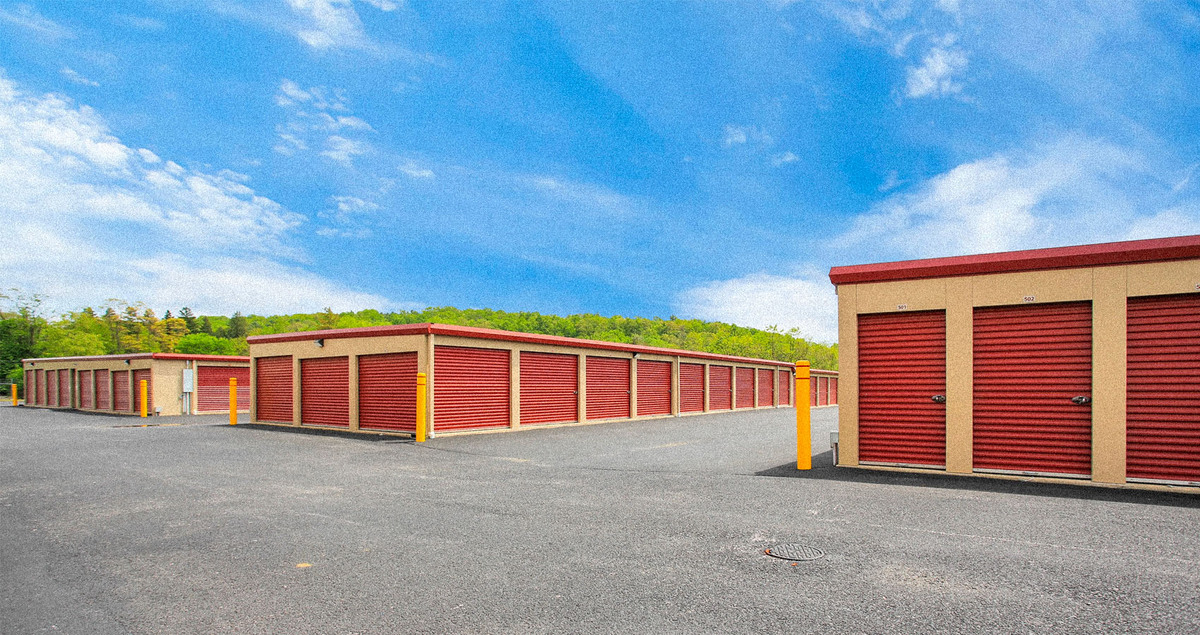
Additionally, easy access is essential for artists who frequently move supplies in and out of their studio. Facilities like Moove In self storage units offer a range of options that can cater to these diverse needs. Lighting is another aspect to consider; natural light is a boon for many artists, but in its absence, units that allow for easy installation of artificial lighting are important. By carefully considering these factors, artists can find a self-storage unit that not only stores their artwork safely but also provides a conducive environment for creativity and productivity.
Setting Up Your Studio Space
Once the ideal self-storage unit is selected, the next step is setting it up as a functional and inspiring studio space. Transforming a basic storage unit into a creative studio involves several key considerations:
-
Layout Design: Plan the layout for work areas, storage, and possibly a small relaxation corner.
-
Lighting: Install adequate lighting, essential for creating and viewing art.
-
Work Surfaces: Set up tables or easels according to the art form.
-
Storage Solutions: Utilize shelves and cabinets for organizing supplies.
-
Personalization: Add personal touches with decor to inspire creativity
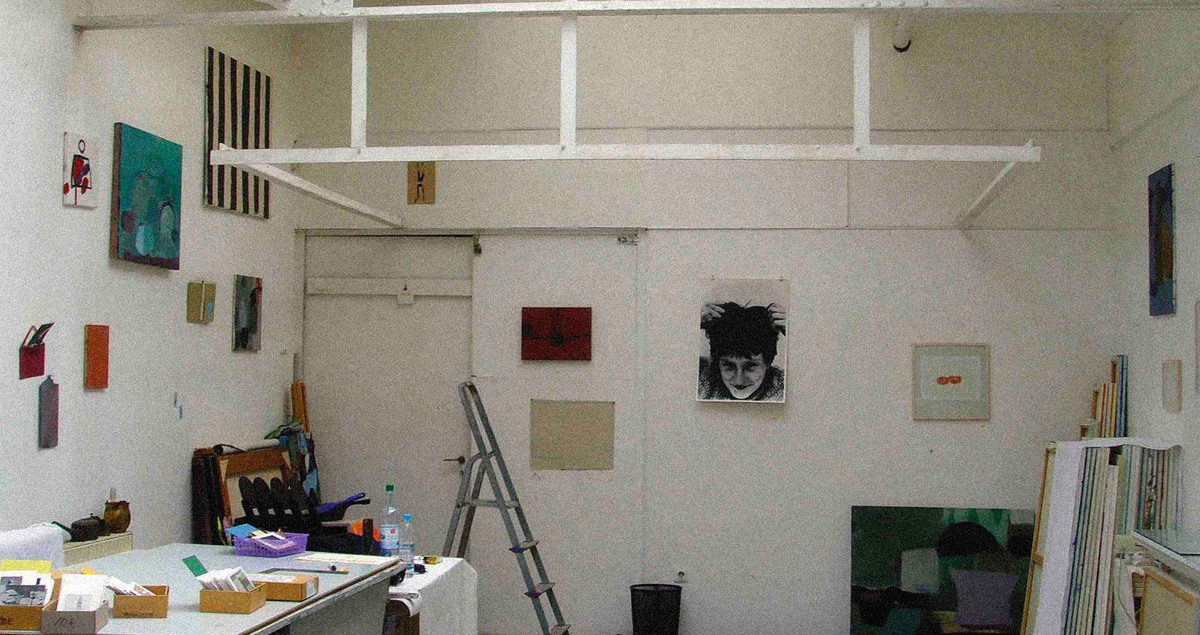
In addition to these practical aspects, artists should also consider the atmosphere of their studio. Creating a space that fosters creativity is essential. The National Endowment for the Arts provides insights into creating conducive environments for artistic work. By thoughtfully arranging and personalizing the unit, artists can ensure their studio is not only a place for storage but a sanctuary for creativity, where ideas can flourish and art can come to life.
Storage Solutions for Art Supplies
Efficiently organizing art supplies is crucial in a self-storage turned studio space, as it directly impacts an artist's productivity and creative flow. The key is to strike a balance between accessibility and neatness. Large items like canvases and easels can be stored vertically or hung on walls to save floor space. Smaller items, such as brushes, paints, and tools, require a more detailed approach. Transparent storage boxes or labeled drawers are ideal for these, allowing artists to quickly find what they need without rummaging through piles of materials. For supplies that are sensitive to environmental conditions,
such as certain types of paint or clay, climate-controlled storage units become invaluable to preserve their quality.
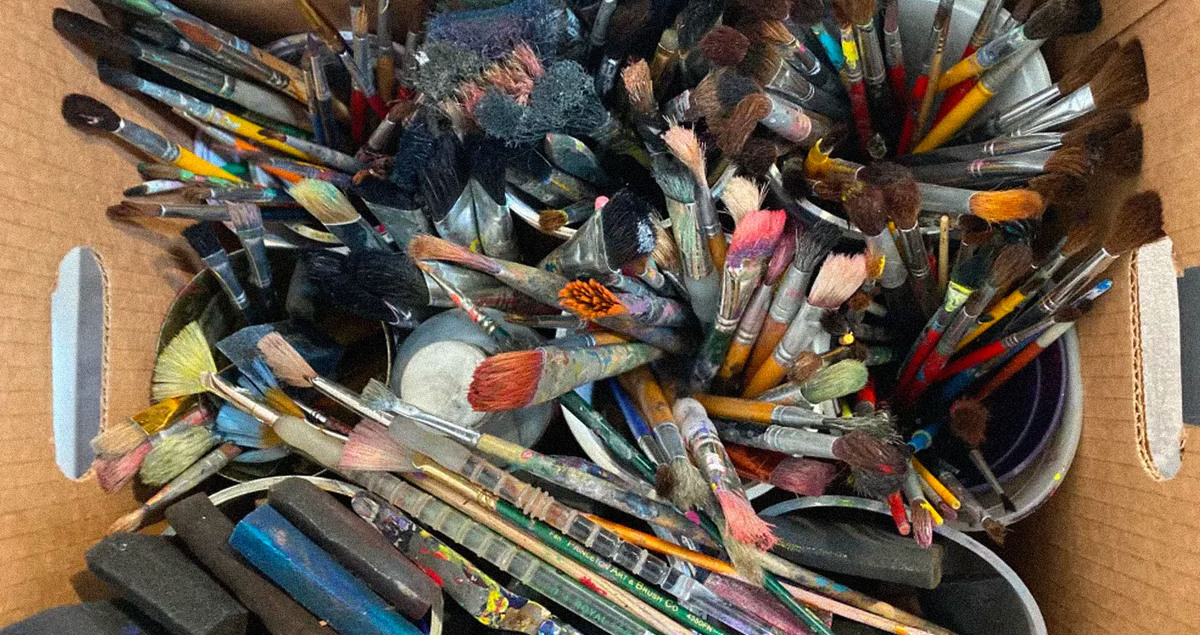
Additionally, employing mobile storage solutions like carts or trolleys can provide flexibility, enabling artists to easily move supplies around the studio as needed. This organized approach not only keeps the studio clutter-free but also ensures that supplies are preserved in optimal condition, ready for use whenever inspiration strikes. With a well-organized storage system, artists can spend less time searching for the right materials and more time immersed in the creative process.
Balancing Creativity and Organization
In a studio space, especially one within a self-storage unit, maintaining a balance between creative expression and organization is vital. This balance ensures that the studio remains a source of inspiration while also being a functional workspace.
Key strategies to achieve this include:
-
Designated Work Zones: Create specific areas for different activities - painting, sculpting, drawing - to keep the workflow organized.
-
Regular Clean-up Routines: Schedule time for tidying up, ensuring that the space remains conducive to creativity.
-
Inventory Management: Regularly check and organize supplies, replenishing as needed to avoid disruptions in the creative process.
The American Psychological Association discusses the impact of physical space on mental well-being and creativity, highlighting the importance of such a balance in creative environments.
By integrating these strategies, artists can foster a studio space that not only sparks creativity but also supports their artistic process through order and structure. This harmonious blend of creativity and organization in a studio setting is essential for artists to effectively channel their artistic vision while maintaining a practical and efficient workspace.
Safety and Security for Art Studios
Ensuring the safety and security of an art studio in a self-storage unit is paramount, particularly for artists specializing in valuable pieces like art photography. The first step is choosing a storage facility with robust security features, such as 24/7 surveillance and secure access controls. Inside the studio, artists should consider installing additional locks or safes for high-value items. It's also important to maintain a safe working environment, especially if hazardous materials like certain paints or solvents are used. Proper ventilation and fire safety measures should be in place to protect both the artwork and the artist.
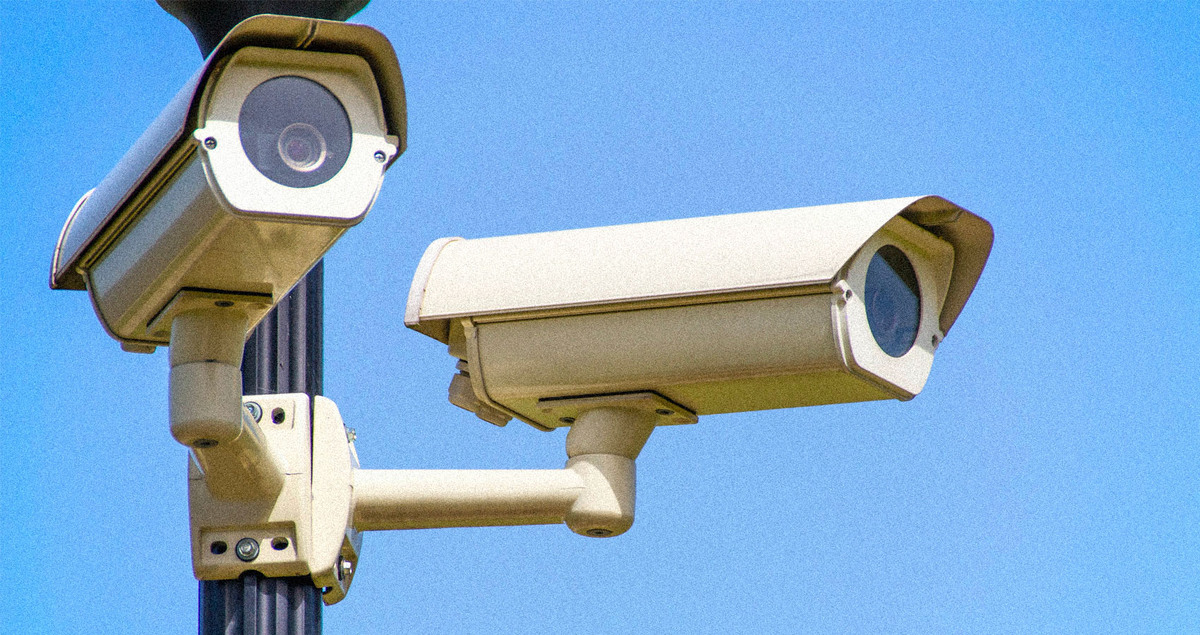
By prioritizing security and safety, artists can focus on their creative work with the peace of mind that their studio and its contents are well-protected. This careful attention to security not only safeguards the artist's physical works but also preserves the intangible value of their creative expression.
Unleashing Artistic Potential
In conclusion, converting a self-storage unit into a creative studio offers artists a unique and practical solution to explore their craft. From selecting the right space, setting it up effectively, organizing supplies, to ensuring safety and security, each step contributes to creating an inspiring environment. This approach not only maximizes the utility of self-storage units but also empowers artists with a dedicated space to unleash their full artistic potential.











